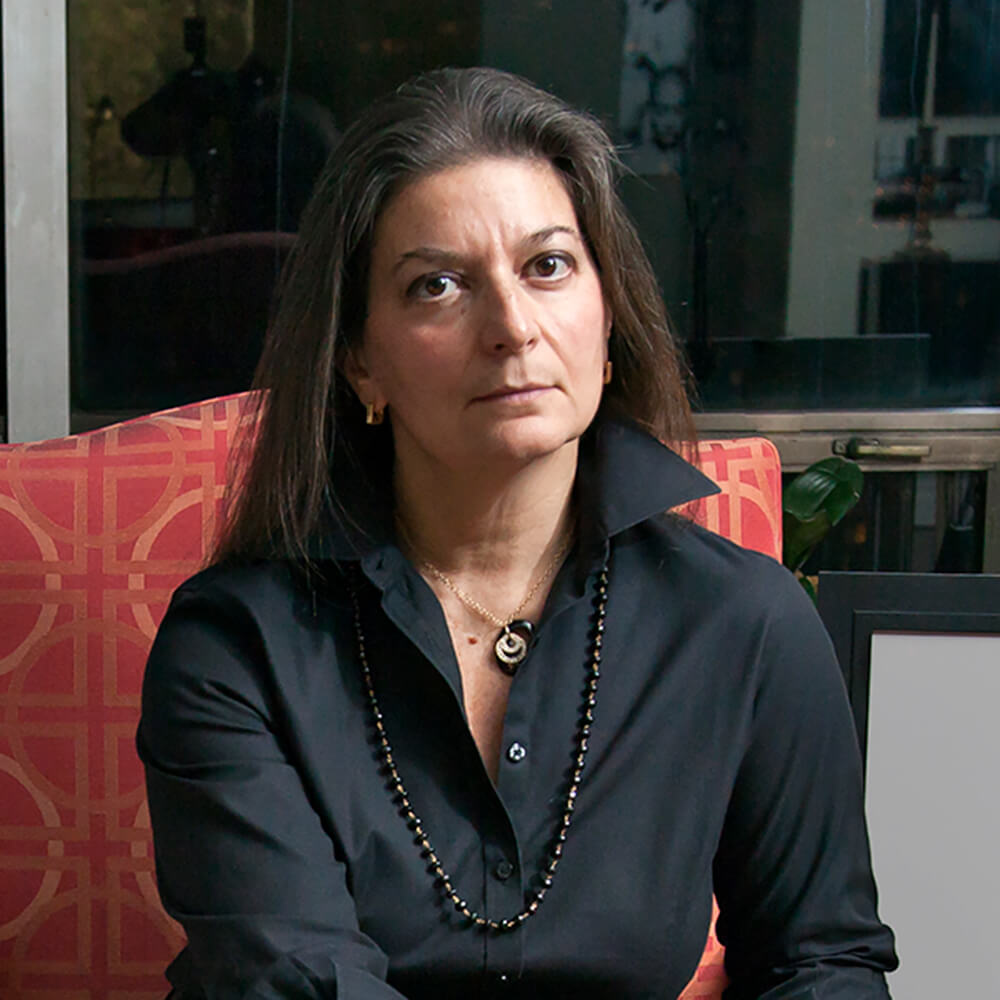Although I came to photography later in life after a career in the corporate world, I had always been personally immersed in the arts as a collector of fine and decorative American arts and an enthusiast of art history. When I decided to leave the business world I did so to satisfy these lifelong personal interests in the arts, earning a second Master’s degree in Modern Art, History of the Art Market, and Connoisseurship from Christie’s. My time at Christie’s led me to pursue further post-graduate studies in the cross-cultural aspects of modern art at Columbia University and, subsequently, photography at the International Center of Photography. As a result, a passion for art history informs all of my photography as does a marriage of aesthetics and message, the balance of which may vary though both are essential.
